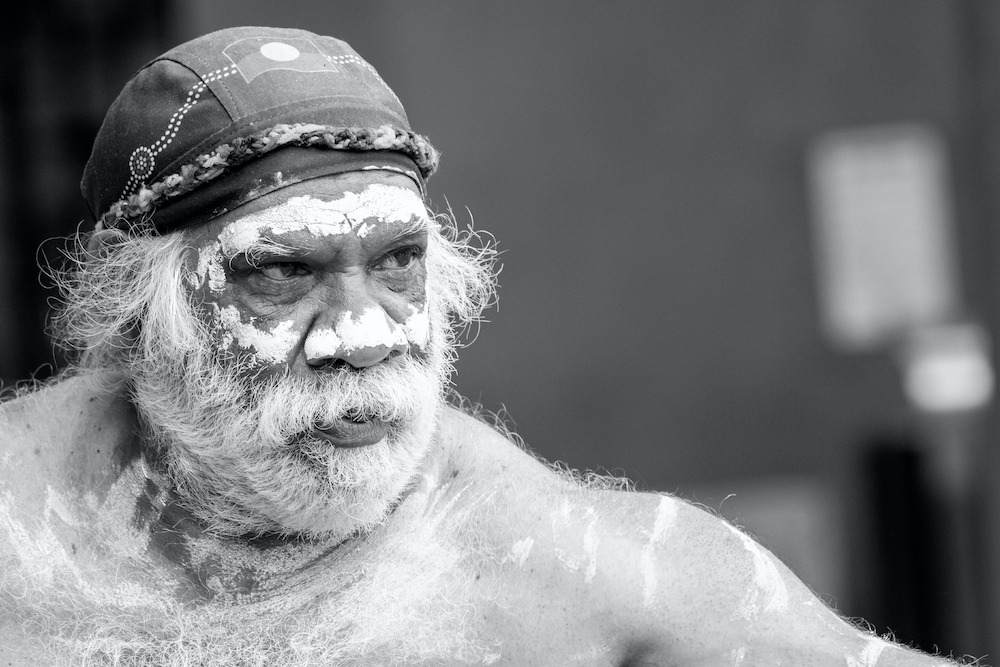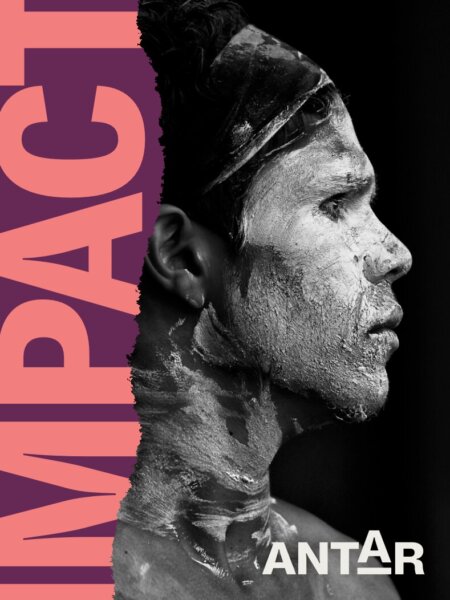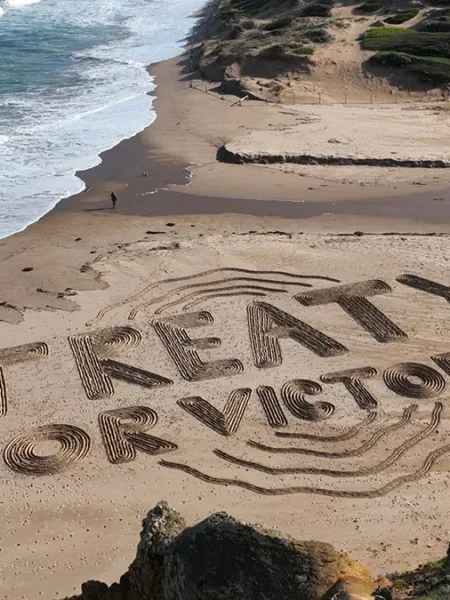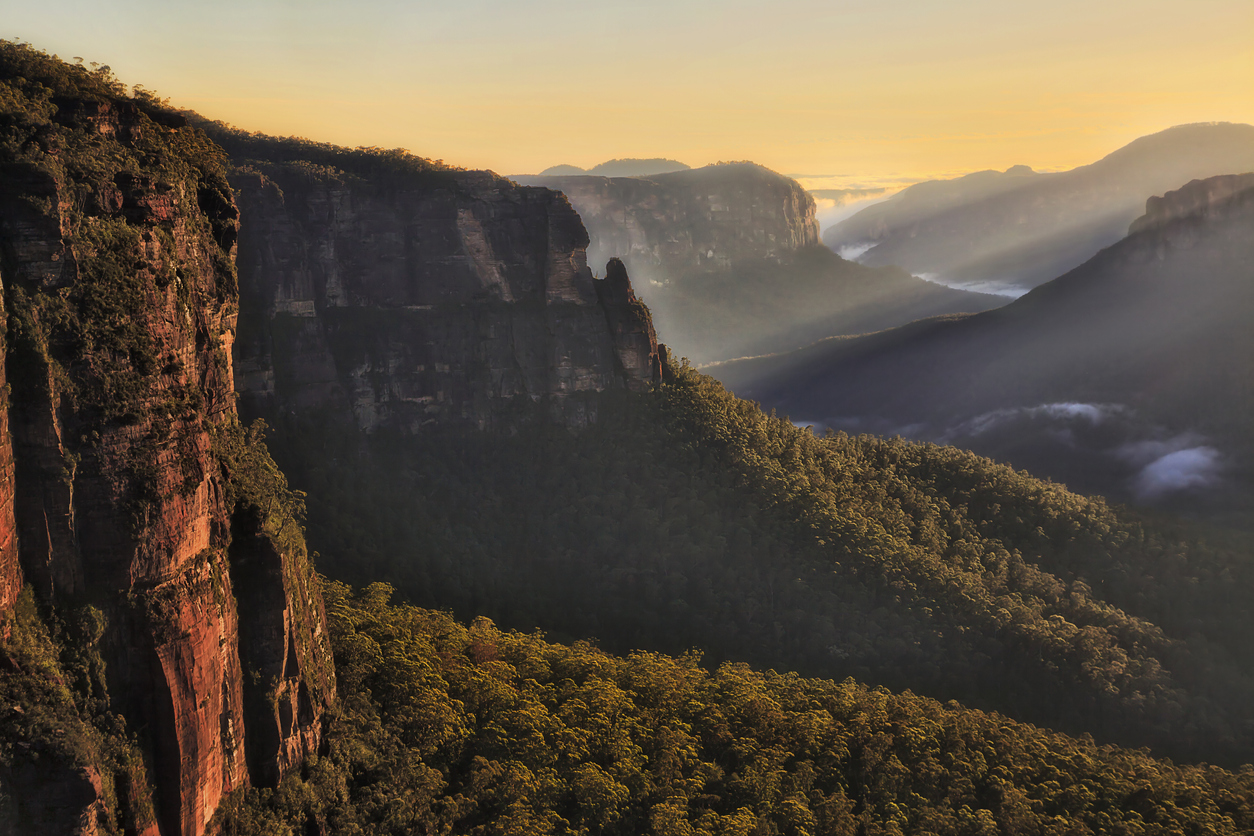Community driven and survivor-led truth-telling processes are already well underway across the country and have been for many years, often with little to no resources.
In many cases, these First Nations community-led initiatives center what Yawuru scholar Shino Konishi calls ‘extra-colonial histories’. That is, local histories of First Nations experience which do not revolve around settler-colonial domination but focus also on powerful assertions of sovereignty, ingenuity and resistance. Research led by Deakin University confirms that community truth-telling can be a powerful reassertion of First Nations identity and self-determination which counters stereotypes of First Nations communities as disempowered and highlights their strengths and resistance.
By bringing these extra-colonial histories into view, colonial history is pushed to the margins to make room for another perspective: Aboriginal and Torres Strait Islander peoples, in relationship with and to their distinct nations and lands and languages, have lived on this continent for over 60,000 years, and continue to live in ways that are not bound by colonial norms. In this view, First Nations worlds are resilient and enduring, and colonisation is ‘but a pin prick in [their] long history’. Community and survivor-led truth-telling puts the devastation of colonisation in its rightful place: this always was, and always will be, Aboriginal land.
What follows is a selection of local and experiential truth-telling initiatives that prioritise First Nations agency and self-determination.
Place reclaiming
We should be using the proper names. It took years to get Ayers Rock changed back to Uluru. Every place in Australia should carry our names; that’s the way we get our identity back. I say that I’m Gubbi Gubbi. If I say I’m Aboriginal, I disappear.
Participants from the Dubbo Dialogue
Case study: renaming of Moreland City Council as Merri-bek in Victoria
In 2022, the formerly named Moreland City Council in Melbourne’s inner north – initially named by Scottish settler and landowner Farquhar MaCrae after a Jamaican slave plantation run by his father and grandfather – formally adopted the new name of Merri-bek, which means “rocky country” in the Wurundjeri Woi-wurrung language. The change came after a ten-month engagement process spearheaded by Elders from the Wurundjeri Woi-wurrung Cultural Heritage Aboriginal Corporation and community members.
This name change belongs to a wider collective project of re-adopting First Nations place names to contest the inscription of the colonial legacy in Australia’s physical and descriptive landscape. Renaming places is an opportunity to disrupt colonial truths. By reclaiming pre-colonial names – or assigning new names that hold meaning to Aboriginal and Torres Strait Islander peoples – personal and political place-based sovereignty is asserted and recognised. Name repatriation is also an act of language reclamation and preservation, a process that is particularly powerful in communities with fewer living language speakers.
The names we choose for things matters. It dictates the stories we tell and the values we hold.
Moreland Councillor Adam Pulford
Place reclaiming also holds the potential to expose and make explicit the relationship that names hold to local histories of dispossession which often lay dormant in public and political consciousness. Uncle Andrew Gardiner, Wurundjeri Elder and Deputy Chair of the Wurundjeri Woi-wurrung Cultural Heritage Aboriginal Corporation, explains the dispossession experienced by Wurundjeri communities as a result of the acquisitions of land speculators such as Farquhar McCrae:
In less than 2 years, most of the current city area was declared the private property of just 29 men. This destroyed our civilisation that had been in harmony with this country for tens of thousands of years. With our culture and community shattered, echoes of this devastation still reverberate today.
In this sense, reclaiming / renaming projects can and should be understood not as mere symbolism but as opportunities to shift the consciousness of community members, to create new levels of engagement with First Nations language and culture, to celebrate First Nations’ significant and ancient connection to Country, to contextualise First Nations history, and as projects of truth that make explicit the links between historical dispossession and contemporary injustice.
For more examples of First Nations name reclamation, see:
Museums and monuments
Museums – both First-Nations run and non-Indigenous – play a fundamental role in processes of truth-telling. As repositories of cultural heritage, curators of historical narratives and public sources of information, they determine which histories are told and by whom. As such, museums and other curatorial spaces also have the potential to disrupt the foundational myths of our nation.
Situated on the lands of the Dunghutti people of the mid North Coast of NSW, Kinchela Boys Home was used between 1924 and 1970 to house, ‘train’ and assimilate 400 to 600 Aboriginal boys stolen by the NSW Aborigines Protection Board and its successor from their families and communities all over NSW into non-Indigenous Australian society. During their time at Kinchela, the boys were traumatised not only by the dislocation and removal from their homes and families, but by their subjection to harsh and violent treatment including physical, sexual and psychological abuse.
In recent years, Stolen Generation survivors and descendants of survivors of the boys home have established the Kinchela Boys Home Aboriginal Corporation (KBHAC) which has worked from a model of survivor-led healing rooted in self determination to recover and reclaim the site of the Kinchela Boys Home in order to transform it into a place of truth-telling, education, memory and healing.
In 2020, KBHAC launched its Mobile Education Centre in an old commuter bus to operate as a “site of conscience” as well as a place of First Nations resistance and truth-telling in settler-colonial Australia. The mobile unit aims to preserve the collective memories of survivors, deepen knowledge about the Stolen Generations, reconnect survivors with the communities from which they were taken, as well as to educate the wider community and public and invite them into a process of truth-telling.
Watch a short animated ‘truth-telling’ film on the experience of children at the Kinchela Boys Home.
Before they took me I used to dance around the campfire with my grandmother, my grandfather, my uncles and aunties. My grandfather played the violin, my mother played the piano, aunties played the bones, uncles played the gum leaves and we danced underneath the stars at the night time and then my world was just blown to pieces, never to be the same again.
Uncle Michael Welsh
As part of their commitment to truth-telling, KBHAC are actively seeking ownership of the original Kinchela Boys Home property in order to build a living museum and healing centre on the site of the ‘original violation’. The museum, together with historical records, memories and stories of the survivors, would form a significant permanent element of the truth-telling and healing process, as well as education of the wider public.
If we can march back in there as [free people], we’d conquer our pain and hate that was in there, that we’ve conquered it because it becomes ours.
Former Kinchela Boys Home resident Roger Jarret
Importantly, KBHAC sees truth-telling not as an end in and of itself, but as a means to substantive societal and structural change, including reparations. Adequate resources and funding need to be provided to support institutional sites of healing and education such as the Kinchela Boys Home site, and truth-telling has to be linked to meaningful redress and robust structural change.
As of September 2023, potential secret graves were identified at nine ‘suspicious’ sites on the grounds of the former boys home using ground-penetrating radar. An archaeological report was delivered to the NSW Government in early 2023, stating that if confirmed, these graves would likely be of the clandestine burial type. KBHAC is currently lobbying both the state and federal governments to fund further searches and excavations on the property. In October 2023, NSW Premier Chris Minns stated he was open to funding an investigation once the Government received permission from Kempsey Aboriginal Land Council, the current owners of the site.
For more information on the truth-telling potential of museums and monuments, see:
Art and archives
Contemporary art and memorial practices, including archival practices, are increasingly being used to challenge distorted colonial histories and reveal ‘hidden’ histories.
Notably, together with the Public Interest Advocacy Centre, Professor Megan Davis and the UNSW Indigenous Law Centre team have created a ground-breaking resource for truth-telling in Australia. Towards Truth is the first attempt to map in detail how Australian parliaments and institutions have touched every aspect of the lives of Aboriginal and Torres Strait Islander people since colonisation by creating an archive of articles, reports, legislation and case studies that over issues from land rights to education, hunting and fishing, child removals and language. The resource is developing, with a current focus on NSW and other jurisdictions to follow.
Case study: artists Julie Gough and Uncle Jim Berg
Through her artistic practice, Trawlwoolway artist and curator Julie Gough uncovers unresolved stories and brings up new versions of the past by working with narratives of memory, time, location and representation.
In her 2019 immersive experience Missing or Dead, for example, Gough tacked 185 missing person posters onto hundreds of she-oaks, eucalyptus and acacia trees along a narrow track adjacent to Government House in Hobart, each with the name of a Tasmanian Aboriginal child who went missing, was lost or died in the early decades of colonisation in the 1800s. These 185 children were a small fraction of the children taken – representing an estimated 20 percent – with the remainder unrecorded, probably dying soon after removal from their families.
But it is not just human beings that carry the truths of our violent past. In his photographic exhibition Silent Witness, Gunditjmara Elder and artist Uncle Jim Berg uses large-scale photographic portraiture to document scar trees on Wotjobaluk Country in Victoria. In his work, these scar trees are framed as non-human truth tellers, memorials whose scars mark both the beauty and strength of First Nations culture and the devastation of colonisation.
For more on truth-telling through art and archives, see:









